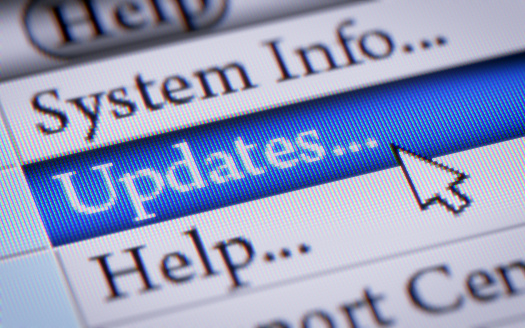If you could draw insights from your data within five minutes flat, would that get your attention? Microsoft’s Power BI is an online service, with a connection to other Software-as-a-Service (SaaS) applications, that lets you analyze, visualize and transform data quickly and easily. Through the use of Power BI dashboards, interactive reports, and rich visualizations, your company will make sound decisions in less time, and with no effort.
We believe tearing down skill level barriers is one of the most vital benefits you can get from Microsoft’s Power BI and makes sense for every business owner. At its core, Power BI is designed to be a tool for everyone.
That’s why Microsoft not only filled it with the best data analytical features available; but also made Power BI incredibly easy to use. That way, everyone at your business or organization will benefit from intelligent, data-driven analysis—regardless of their skill level.
- Build intuitive charts and graphs in minutes
Plug in your data, select your graphics and start showing off. With Power BI, you won’t have to rely on hard-to-schedule graphic designers to make your data beautiful ever again. After connecting your data sources to Power BI, you can immediately start using the drag-and-drop menu to build stunning visualizations. Choose from the standard bar or column charts, as well as treemaps, pie charts, and even more specialized graphs such as waterfalls and gauges. You can also build custom graphics using the library of visualizations the Power BI community is continually putting online. Keep refining by removing individual elements, isolating key categories, adjusting axes, and more.
After you’ve transformed your data, you can then take your most useful charts and graphics and quickly combine them all into a custom dashboard with just a few clicks. Create several panels for managing different aspects of your organization, or use only one so you can glean insights at a glance. You can even share these dashboards with other team members, driving efficiency and high-level decision-making throughout your organization.
- Explore your data using natural language
Finding the answers you want is as easy as asking a question. One of the most exciting features of Power BI is its ability to interpret queries and questions phrased in natural language. To start exploring through your data, ask a simple question, such as “What were the sales numbers for last quarter?” Power BI will then automatically select the corresponding data and choose the appropriate visualizations to depict it. If you’d like to dive in further, keep refining your question, until you’ve found what you need—or what you were looking for all along.
When finished, you can operationalize that custom data by including it in your dashboard or by sharing it with the rest of your organization. In this way, Power BI helps remove any potential barriers to data exploration and promotes a culture aligned with data analytics. Everyone will finally be able to uncover exactly the information they need.
- Access data analytics wherever you are
The Power BI mobile app puts everything you need in your palm. Today’s workers aren’t just sitting in their office all day. They’re always on the go, so it’s essential they continually have access to the data analytics they need. The Power BI mobile app does more than connect with the rest of your Power BI data, so you can check it while you’re away. It offers full integration to help you focus on only the information you need.
For example, once you create a custom dashboard within Power BI, it will automatically appear in your Power BI mobile app, where you can scroll through to view it through the easy-to-use interface. You can take it another step further; tell the mobile app to notify you if any data points you’re tracking exceed a certain threshold. That way, it saves you the trouble of constantly monitoring your phone while you’re out of the office.
The Power BI mobile app also makes it easy to annotate live data and share it through text, email, or through the app itself—giving you further control over your data wherever you go.
- Seamlessly connect all of your data
You get native integration with hundreds of data sources, apps, and services. Before you can begin sharing and collaborating with your data, you first have to make sure that everyone can access it in one place. Power BI makes this easy by automatically connecting to hundreds of different data sources, as well as many more apps and services that your organization may already use. That includes native integrations with SQL Server, Azure, SAP Hana, Office 365, Microsoft Dynamics, Adobe Analytics, Salesforce, and much more. New combinations are continually being developed as well, helping to extend further, Power BI’s reach.
With this level of flexibility, you can finally create a convenient way for your entire organization to view all its data under one umbrella. For example, after connecting your CRM system and website analytics software to Power BI, you could create a graph directly comparing website visitors with your sales. Dive further, and you could even correlate the average time a visitor spends on your website before making a purchase.
Once you open up this capability to your entire organization, the possibilities of new and valuable insights are endless. Which you’ll agree, Microsoft’s Power BI does make sense for your business.

Did you find this article informative? If you liked this one, check out our other content we think you’ll find interesting.








 t
t